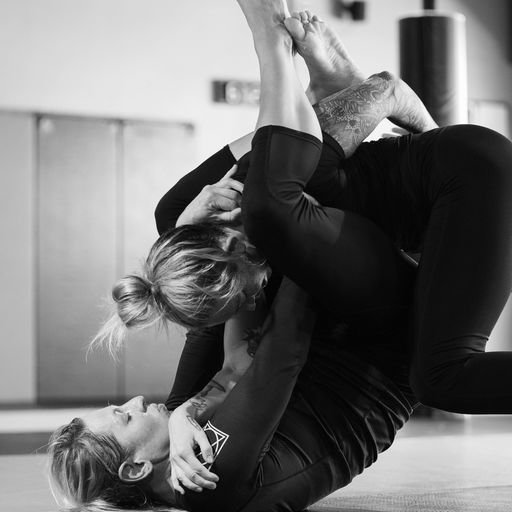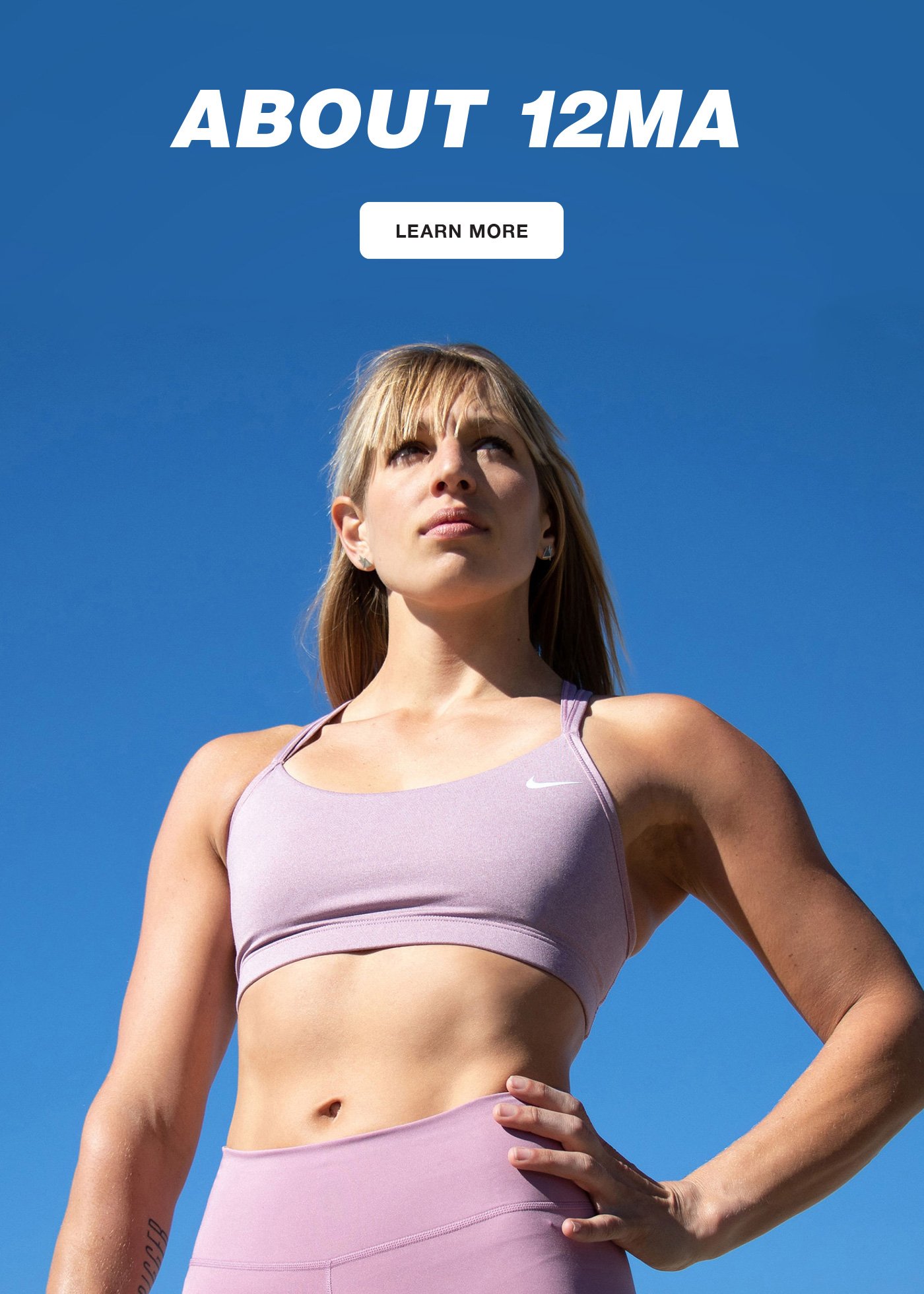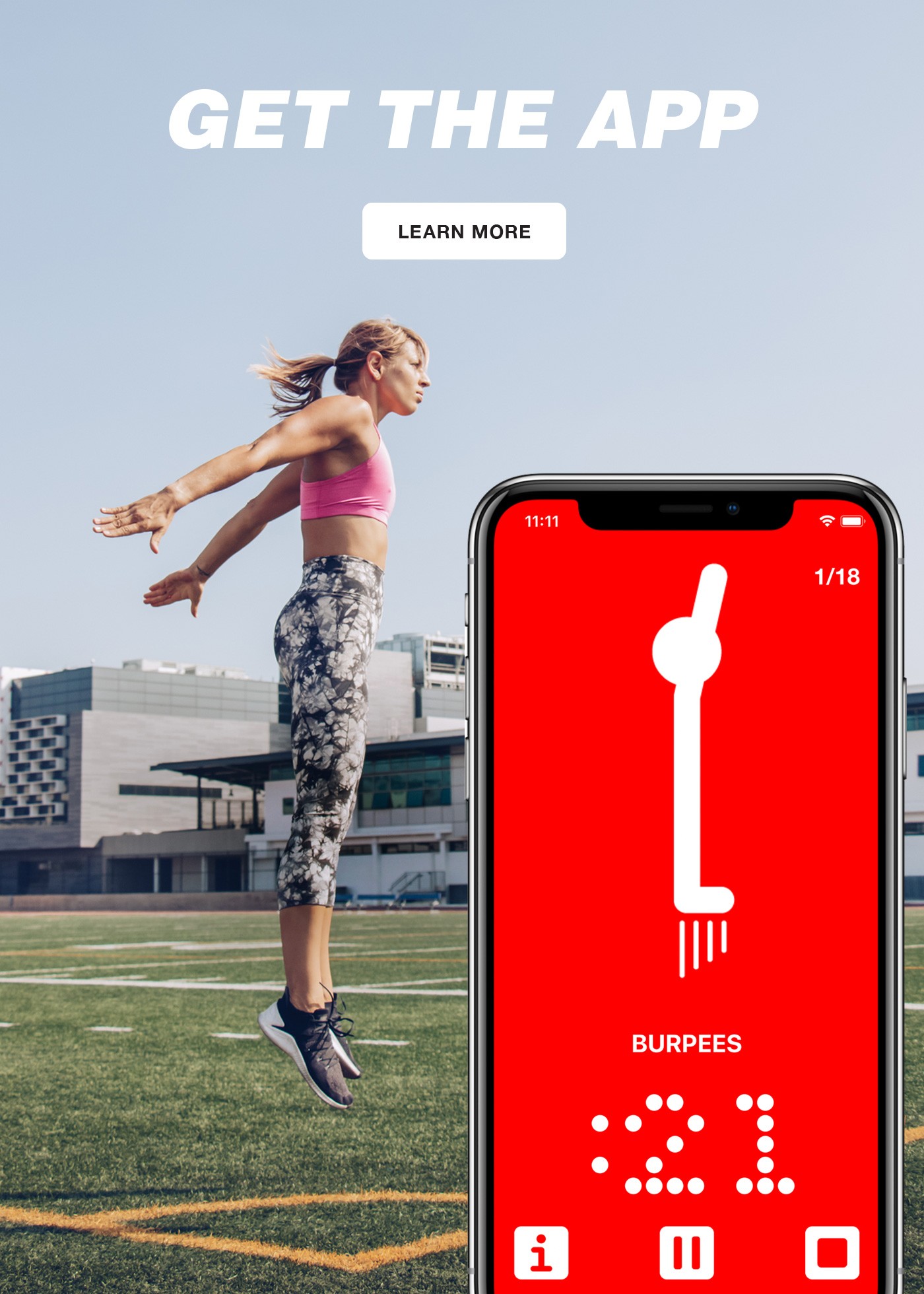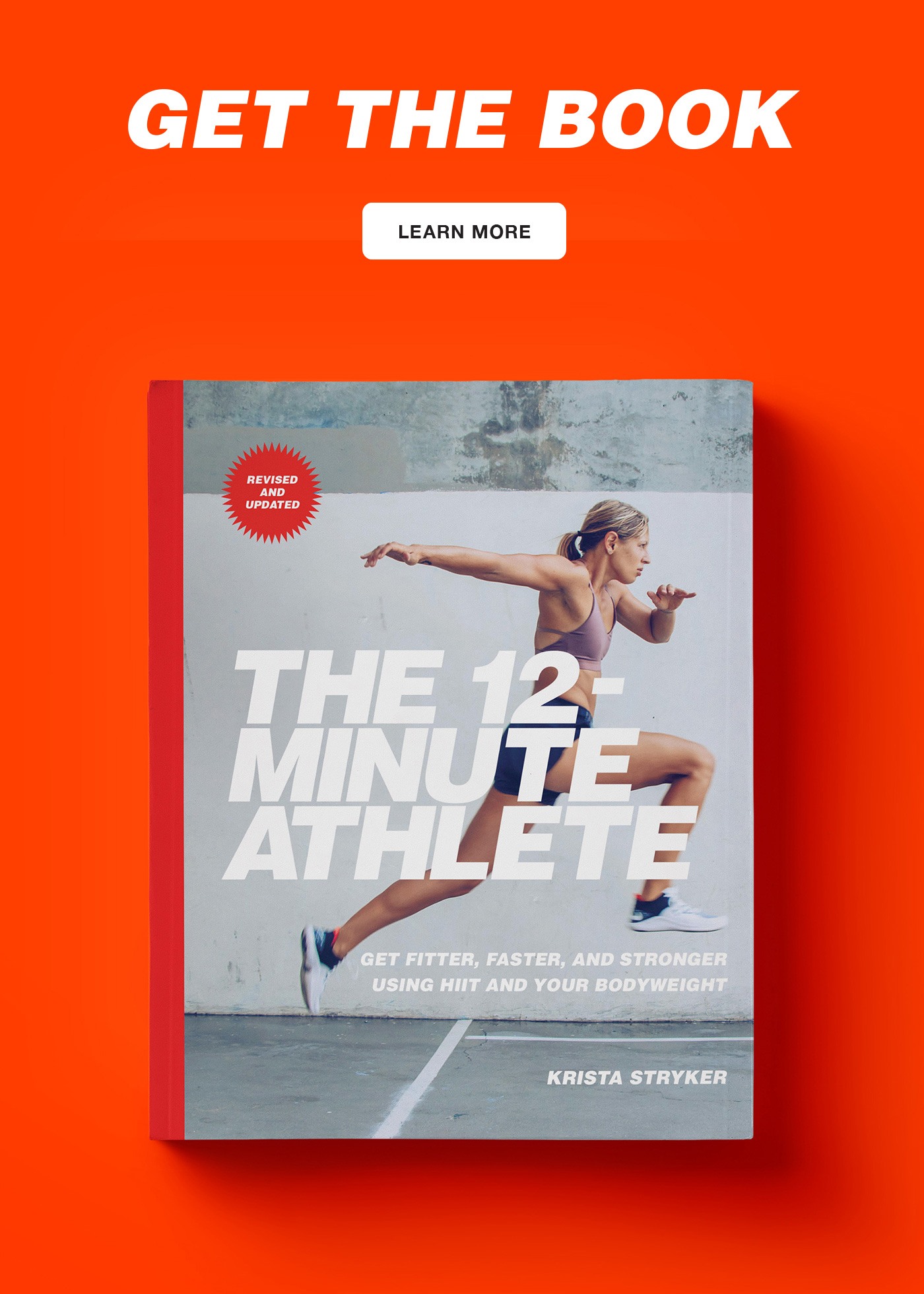
“Welcome to the women’s jiu-jitsu rollathon,” Pete, the owner of the MMA gym announces, instructing us to line up by the wall by rank. Six months into training, I’m still a total newbie in the sport, so I head toward the back of the line. There are about fifteen of us — more women than I’ve ever seen on a jiu-jitsu mat before.
It’s my first jiu-jitsu competition, and my heart is pounding so loud that I wonder if either of the girls standing next to me can hear it. I can feel the adrenaline pumping through my body and I subtly shake my hands as a way to release some of it. I first heard about the shake method of releasing adrenaline a few years ago and have been using it ever since. When adrenaline builds up in the body, intense exercise (like sprinting) is the best way to get rid of it quickly. But if you can’t exercise, shaking — like a dog — can help burn off the adrenaline, release tension, and calm the nervous system to reduce stress levels. Still, it’s a little strange looking, and I try to do it discreetly in hopes that no one will notice.
“Here are the rules,” Pete continues. I’m not the only one who’s nervous; most of the women around me are new to competing, and I can see that they too are fidgeting while we wait. “You’ll each have twelve rounds of three minutes each. Points are submission only. If you score, stay in. If you get submitted, go to the back of the line. Good luck.”
He pauses, scanning the line, his smile widening. “Oh — and have fun!”
He pairs me up with a blue belt, a girl visiting from France, and we bump fists to start the first round. I work to pass her seated guard, scooping her legs up to get her off balance. The first time, it doesn’t work — she sits back up, not giving me any space to pass. The second time, I change tactics, pushing her shoulders hard instead so that she falls backward. During the split second that she’s off balance, I use the opportunity to slide my knees through, knee slicing to her left side. She tries to catch me in half guard — a position where the person on the bottom puts one of her legs between the top player’s leg — but I kick her leg back before she’s able to lock it. I’ve successfully passed her guard — a big win — and am in side control.
I try for an Americana lock, a submission that involves putting your opponent’s arm in an “L” shape and then pulling it to the point where it becomes so uncomfortable they have to tap. But I do it wrong, forgetting to take my arm out from underneath her neck, and I can’t get the position right. An amateur mistake, and I know it.
Before I can adjust, the timer beeps, signifying the end of the round. I didn’t submit her — but I didn’t get submitted, either. Even more importantly, I was able to maintain control — both of myself and of the fight. I feel the adrenaline coursing through my body as I jog back to the line, but it starts to feel good. After all, our bodies release adrenaline for a reason — to help us take action. We can either perceive it as fear and let it overwhelm us — or we can use it to help us feel pumped up and ready to go. Ultimately, it’s the same feeling.
The next round goes similarly. I don’t get a submission — but I don’t get submitted, either. I feel calm and in control. I can do this, I think to myself.
In the third round, I quickly pull my white belt opponent into guard, squeezing my legs tight around her waist. I test out a kimura, another submission that causes extreme shoulder discomfort, but she instinctively hides her arm close to her body so that I can’t get the angle right. That’s when I shove her arm on the other side out of the way, shoot my hips up, and lock my legs behind her head to get a triangle choke. Before she can posture up or escape, I adjust the angle with my hips and squeeze my legs as I pull her head down. She taps. I feel a jolt of excitement as I realize I just got my first submission.
I get a few fist bumps and hear a “good job!” from my coach as I skip back to the line. Now the excitement is starting to settle in. I’m feeling good. The adrenaline is now on my side; I’m ready to go.
In the next few rounds, I start having fun. I keep it light when I can, conserving my energy so that I can go with full force when I do attack. I do the techniques I know best, mostly playing guard because that’s where I’m strongest, and I even have the confidence to try a few things I’ve been working on recently in class. Not everything I try works, but even when something doesn’t go as planned, I’m able to regain my composure quickly.
I successfully execute two more triangle chokes and don’t get submitted once. When I lose in overtime by two points, it doesn’t bother me. I’m proud of how I’ve managed to stay calm and manage my nerves despite the spikes of adrenaline. Even more than that, I’m proud of myself for trying.
For most of my life, until I was about twenty-five, I was too afraid to try anything difficult. I was convinced that if I tried and failed, the loss would make me a failure. This belief that failures define us and become flaws in our character is a common yet ineffective approach to life. The most successful people achieve amazing things not because they try once and succeed immediately but because they try over and over until they get it right. As long as we learn from our failures and don’t let them define us, we’ll become stronger and wiser from our attempts.
At twenty-five, I had something like a quarter-life crisis and questioned my approach to life up until that point. That’s when my fear of regret overrode the fear of failing, and I began desperately trying to transform myself from the type of person who fled from challenges to someone who stepped into the arena (or, in this case, the mat) and gave my dreams a real shot. As Jeff Bezos says about regrets, referring to his now-famous Regret Minimization Framework, “most of our regrets are acts of omission, things we didn’t try, the path untraveled. Those are the things that haunt us.”
I would rather give my all and fail spectacularly than remain haunted by the things I didn’t try.
With that in mind, I know that today is just a start. I don’t kid myself that not every competition will go this smoothly. I know that the road ahead will be riddled with obstacles and that today won’t be the last time I’ll cry because of jiu-jitsu. I know I’ll have days when I’ll question my decision to follow this difficult path and want to quit.
And yet, deep down, I know that I won’t. Whatever happens, I know that I’ll keep trying. The alternative is not acceptable.
After the competition, I give several fist bumps and call my mom as I walk to my car. I feel like a ten-year-old kid as I enthusiastically tell her how I did. Six months since first starting, my mom still has no idea what jiu-jitsu is — Is it like karate? — but she’s always supportive.
“Good job, honey. I’m so proud of you.”
Although I know she doesn’t know a thing about the sport, she does know how hard it is to compete. More than my specific performance that day, she’s proud of me for putting myself out there. For trying.
And I have to agree with her. I’m proud of myself, too.


